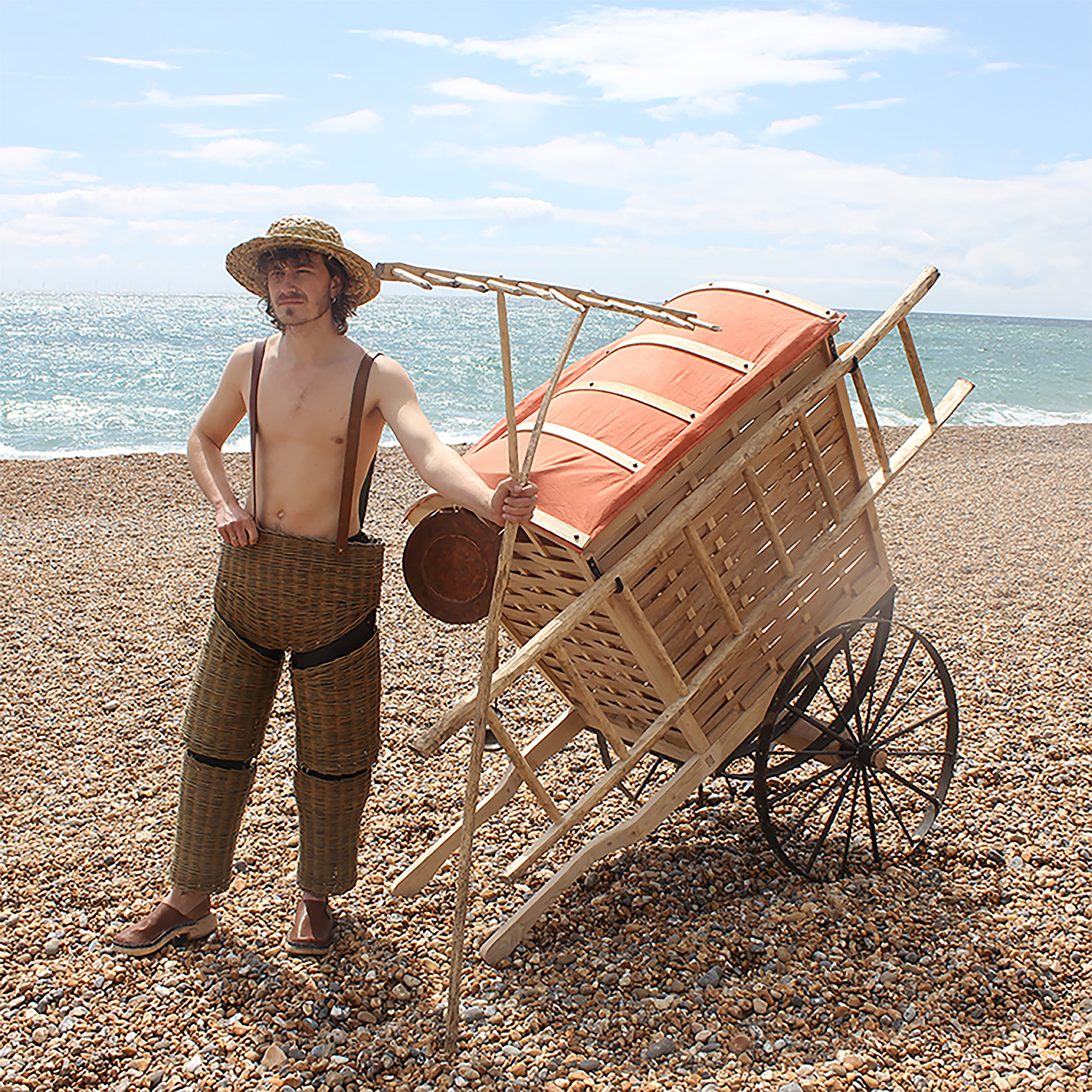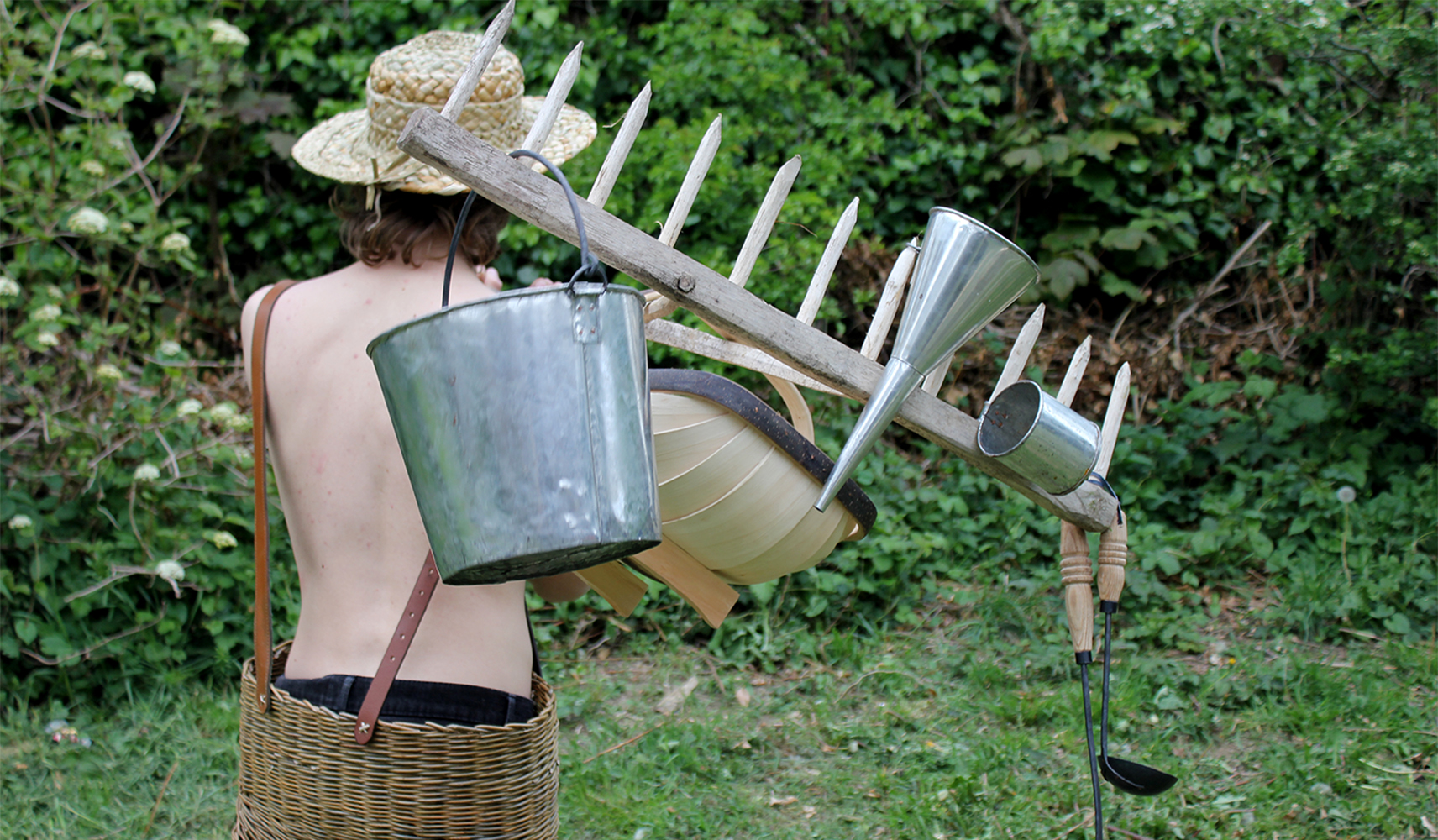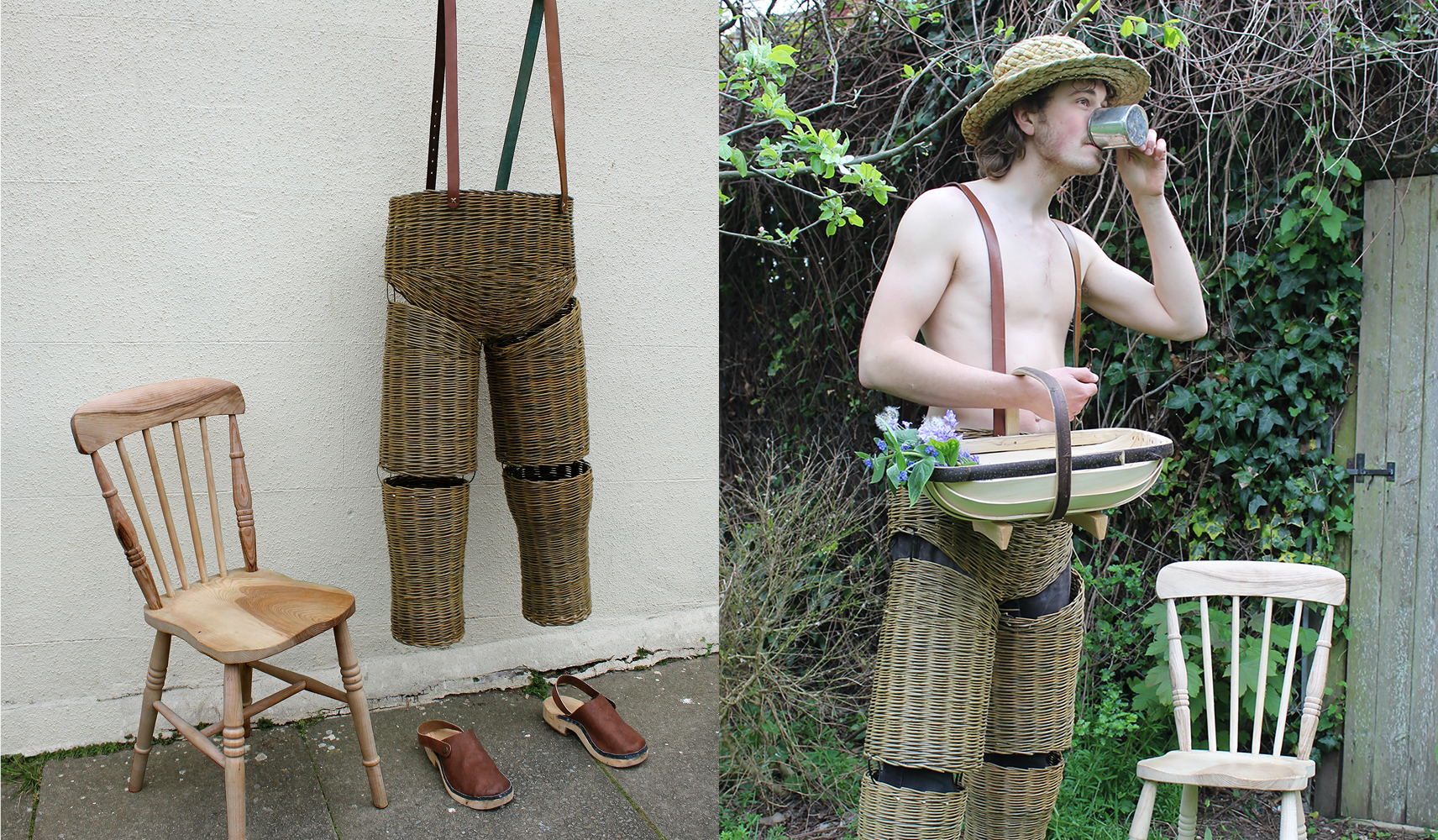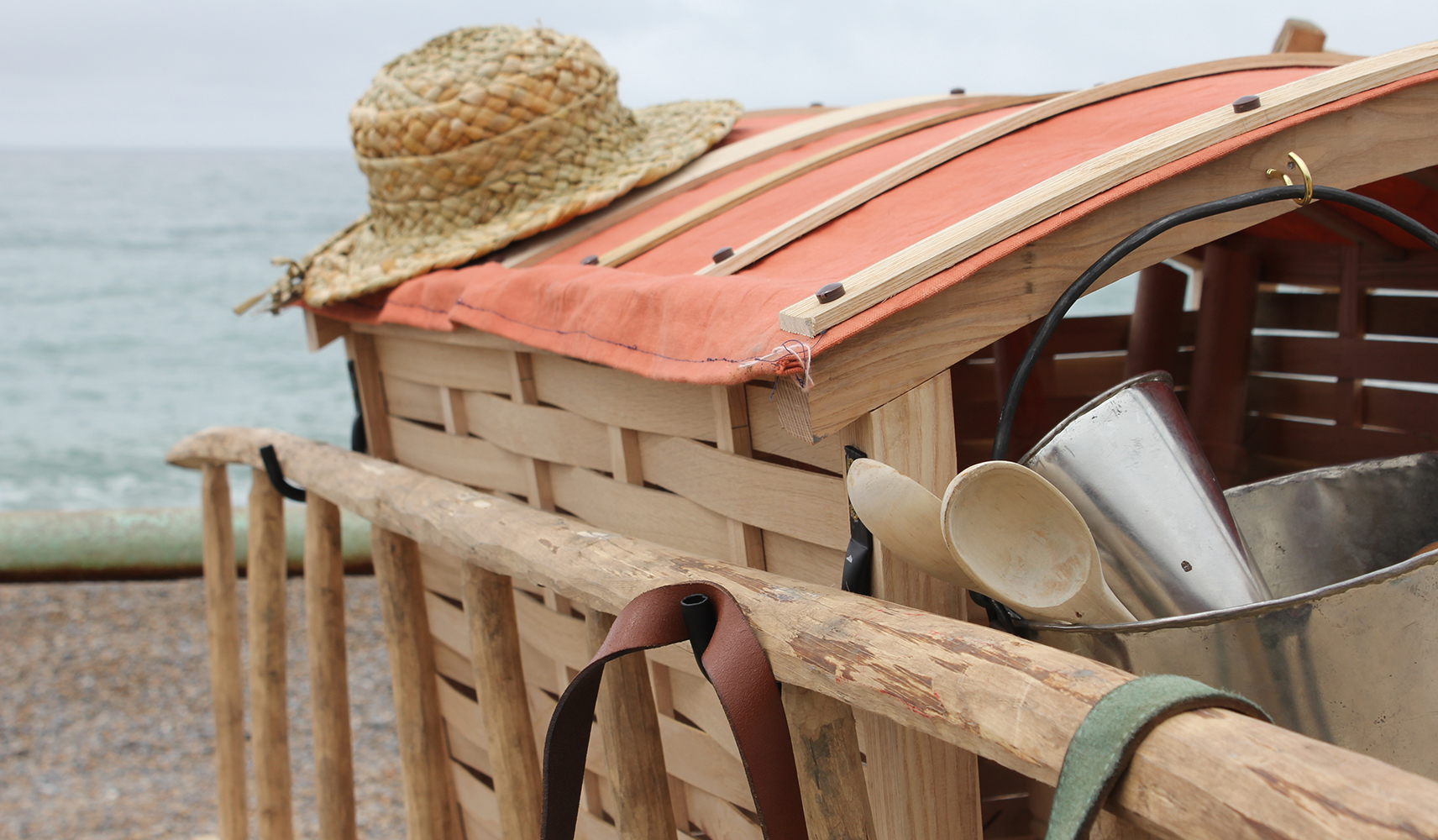New Designers 2021 Graduate Spotlight: Daryl Haines
 Daryl Haines
Daryl Haines Running from the 30th June – 10th July New Designers, the UK’s largest design graduate show, took place highlighting the degree work of more than 3,000 graduates across 70+ design schools and universities. As part of Trend Bible’s goal to uncover and champion the most interesting innovations as well as our commitment to supporting next-gen talent, our in-house researchers attend the event annually to report on and track the trends. With projects ranging from fashion to textiles, precious metalwork to furniture and contemporary craft to digital design, the show is a highlight in the new talent design calendar. As with many planned live events, COVID-19 led to this year’s programme becoming an entirely digitised showcase, however, this creative constraint saw an explosion of adaptability amongst the New Designers class of 2021.
A prime example of that talent is our Home & Interiors graduate spotlight Daryl Haines, who studied 3D Design and Craft at the University of Brighton. Daryl’s graduate showcase conveyed craft activism at its finest. Here we speak to Daryl about their graduate project, The Messiah of Craft Runs Away.

Your project sees you running away from the digital world to find a crafted utopia. Can you tell us a little more about this utopia, how does it differ from the world we live in now?
The crafted utopia is the epitome of my character’s delusion; he believes that the only viable route from the fast-paced and mass-produced of the modern-day is to leave for a fictional land in which only craft objects exist. Taking all his wares with him on his wagon, he plans to populate this mecca of craft with handmade tables, chairs, pots and pans.
Those willow trousers make quite a statement. Would you like to see crafted items play a more prominent role in people’s wardrobes and homes?
Of course, everybody needs a pair, they are so practical and comfy! This piece demonstrates the appropriation of traditional making with a humorous angle. Adopting the character allowed me to make something outrageously impractical. However, I do believe these trousers demonstrate how traditional crafts can be appropriated and adapted to make interesting and engaging work, thus avoiding the notion of ‘the fossilised craft’ that is unchanging throughout the years.

You have accomplished an impressive number of crafts. Which of these crafting processes can people easily incorporate into their lives and homes today?
Interestingly, I completed a lot of this making at home, with access to workshops extremely restricted. My rush hat was made in my bedroom, along with my willow trousers and my clogs. I think people could incorporate rush work into their homes as it is an accessible process of plaiting or weaving a material that is still grown in the UK. And you can quickly make things that bridge the gap between textiles and objects.

Why do you think it’s important to explore handcrafted skills and where do you see their place in the future?
Ultimately, I think making is an innately human activity; it’s what makes us tick, the exploration of material and form highlights our curious inquisition as an animal on this earth. I think traditional skills are important because once certain tacit knowledge is lost, it cannot be brought back. I would like to see more people engaging in traditional making techniques, not just to create objects from the past, but as a form of self-expression.
Keen to learn more about Daryl’s creative design work? Check out this video of The Messiah of Craft Runs Away.